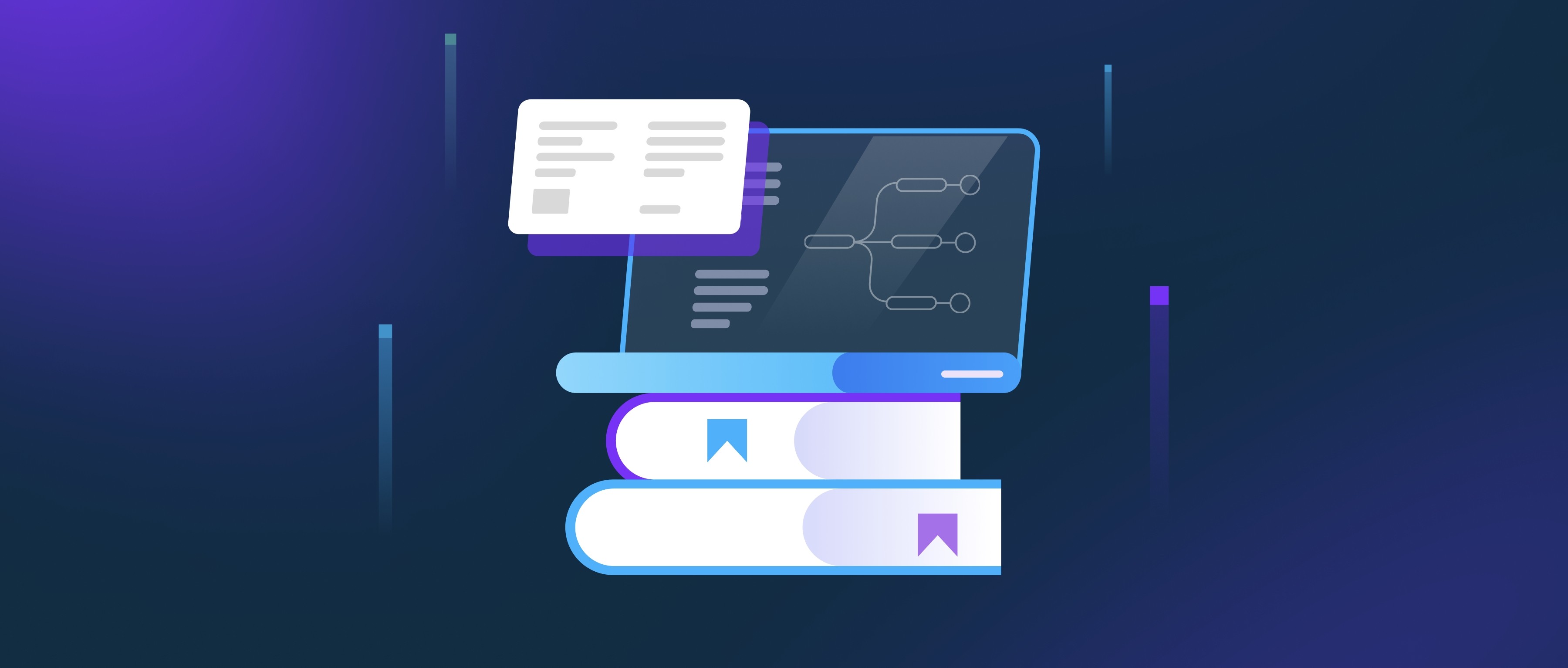A reinforcement learning (RL) problem consists of four key components: the agent, the environment, actions, and rewards.
The agent is the learner or decision-maker that interacts with the environment. The environment is everything the agent interacts with, including external systems or the problem space, such as a game world or a robot's physical surroundings. The actions are the choices or moves that the agent can make to influence the environment, such as moving a robot or choosing a game move. Finally, rewards are feedback signals that the agent receives after performing an action. Rewards can be positive (indicating successful actions) or negative (indicating failures), guiding the agent toward learning the optimal behavior.
Together, these components form a feedback loop where the agent makes decisions (actions), the environment responds with new states, and the agent receives rewards or penalties to adjust its future actions, gradually learning to make better decisions.
